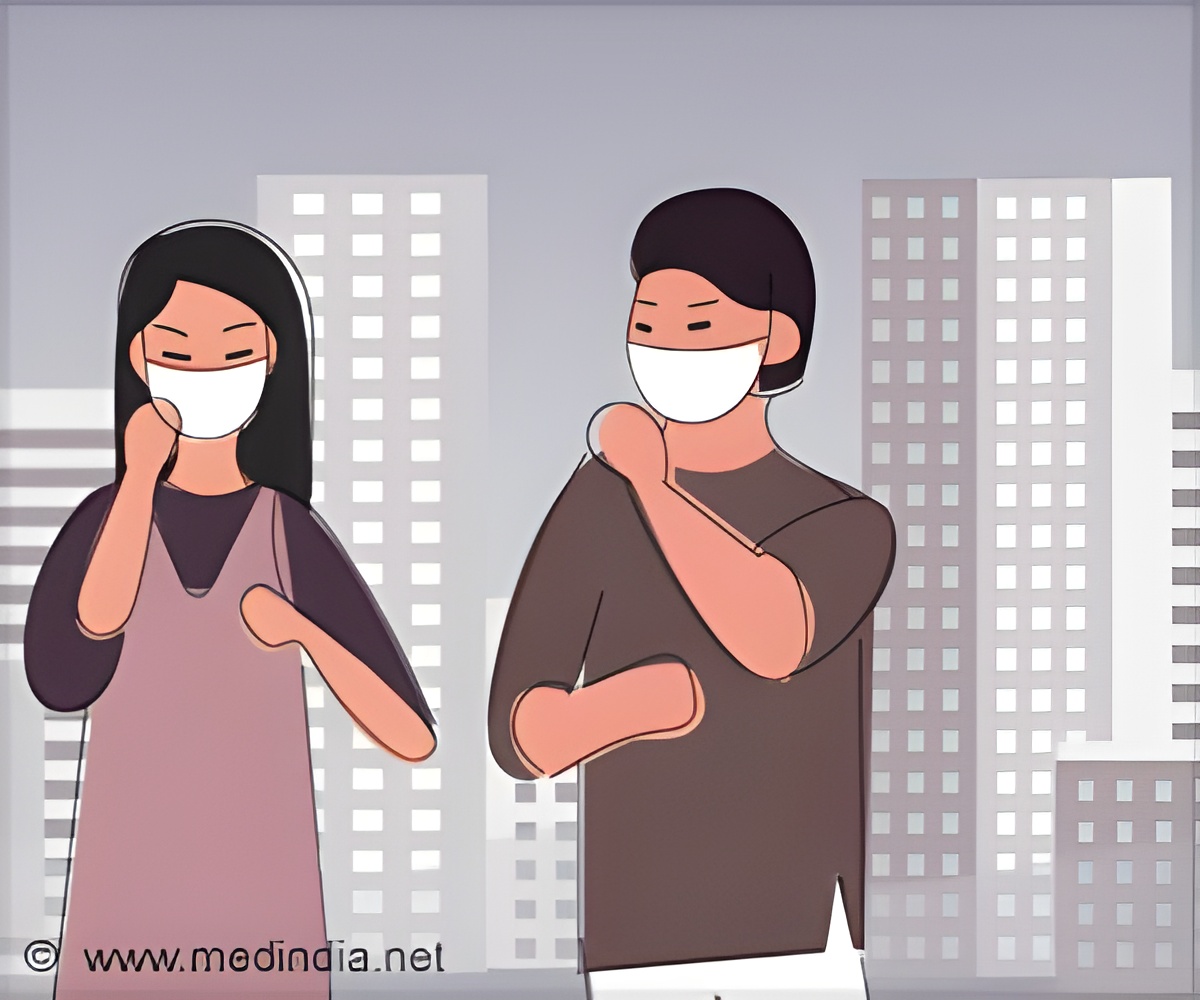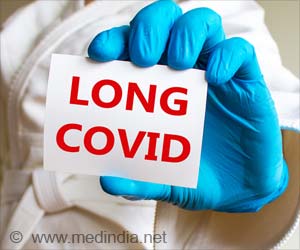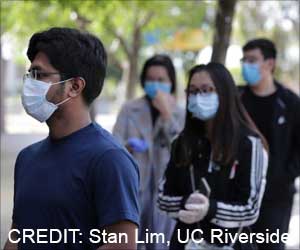Effectiveness of different types of masks were evaluated using simple techniques to find the best suited mask to prevent the spread of droplets that could contain SARS-CoV-2 virus particles.

‘N95 masks, surgical or polypropylene masks, handmade cotton masks are effective against SARS-CoV-2 droplet spread. Bandanas and neck fleeces provide only little protection against the novel coronavirus.’
Read More..




Bandanas and neck fleeces, however, likely provide little protection, as the researchers observed that more droplets are expelled through these materials - likely because the materials break up larger droplets as they pass through the material, the researchers speculate. Read More..
Emma Fischer and colleagues suggest that non-experts could easily build and operate this setup to evaluate masks at the community level, such that mask producers could use the method to optimize mask designs, and educational and community outreach organizations could demonstrate proper mask fitting procedures.
As nations worldwide have instituted mask mandates to curb the spread of COVID-19, global commercial suppliers have encountered shortages in the face of unprecedented demand.
To compensate, many people have turned to homemade masks and mask alternatives, but these do-it-yourself versions have not been tested systematically.
To evaluate the effectiveness of 14 different types of masks and other frequently substituted face coverings, Fischer et al. designed a simple approach in which either one male speaker or, in some cases, four speakers wore each mask while standing in a dark enclosure.
Advertisement
The setup was intentionally designed to be simple and inexpensive so it could be replicated by non-experts - the hardware it requires, including laser equipment, is commonly available and can be purchased for less than $200.
Advertisement
The early findings suggest that bandanas and neck fleeces (like balaclavas), however, likely provide little protection.
"Our work was a demonstration of a simple measurement method, not a systematic mask study," writes Martin Fischer, the study's corresponding author, in a Q&A. "More work is required to investigate variations in masks, speakers, and how people wear them. We also want to extend our method to other droplet-generating actions, like coughing and sneezing. Further, we want to explore effects of incorrect placement and moisture saturation."
Source-Eurekalert









